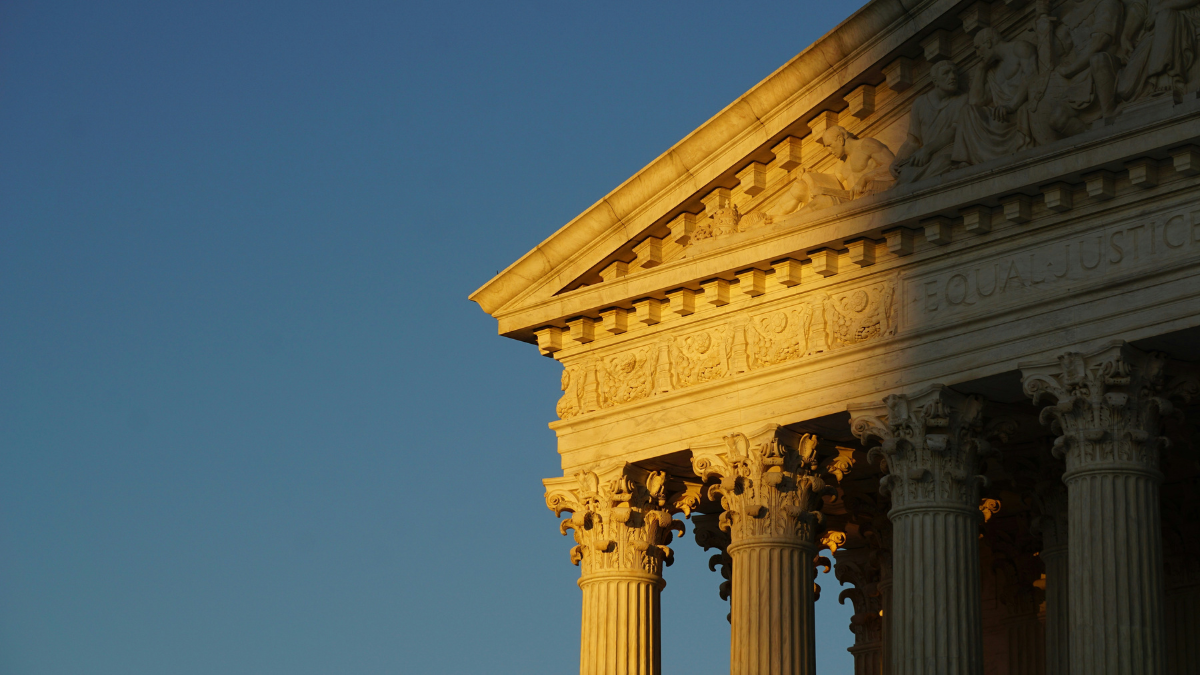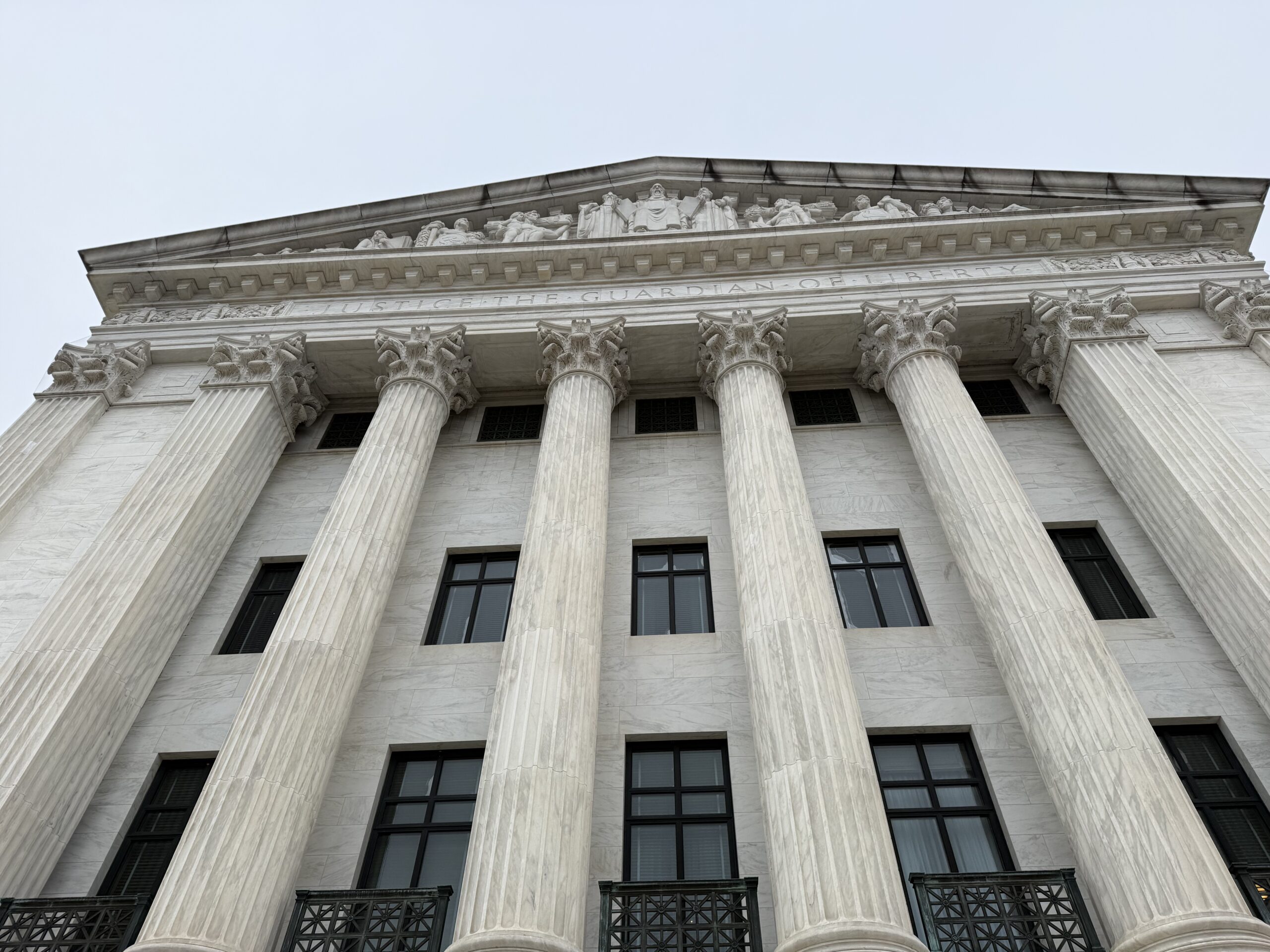Changes to the Supreme Court have been tried before, and all have failed – Washington Examiner
The topic of reforming the Supreme Court in the United States has a historical context detailing various attempts made over the years to change the structure and functioning of the judiciary. Recent proposals by President Joe Biden aimed at reforming the Supreme Court reflect frustrations with its recent decisions. These calls for reform are not new and trace back over 150 years.
Notable efforts for reform include:
1. **Early 20th Century Proposals**: Progressives attempted to limit the power of the judiciary due to discontent with Supreme Court rulings. Senator Robert Owen (D-OK) proposed legislation in 1912 to allow Congress to recall federal judges by a simple majority, while another proposal by Senator William Borah (R-ID) in 1923 sought to require a 7-2 majority for the Court to strike down any law passed by Congress, instead of the usual 5-4 simple majority.
2. **Franklin D. Roosevelt’s Court-Packing Plan**: Frustrated with the Supreme Court invalidating parts of his New Deal programs in the 1930s, President Roosevelt introduced the Judicial Procedures Reform Bill of 1937. This controversial plan aimed to add up to six new justices to the Supreme Court, ostensibly to alleviate the workload, though it was widely perceived as a strategy to fill the Court with justices favorable to his policies. The proposal ultimately failed in Congress.
3. **Contemporary Proposals**: More recently, the increasing conservatism of the Supreme Court has spurred Democratic lawmakers to advocate for reforms, including term limits for justices and structural changes to mitigate perceived overreach by the Court.
These historical and recent efforts illustrate a persistent tension between the legislative and judicial branches in U.S. politics regarding the balance of power and the interpretation of laws, highlighting the ongoing debate about judicial reform in response to the Court’s decisions and overall composition.
Changes to the Supreme Court have been tried before, and all have failed
President Joe Biden unveiled his proposal for reforms to the Supreme Court after frustration with the high court’s recent opinions, but it was not the first time changes to the top of the judiciary have been floated.
While the Supreme Court has largely stayed the same structurally until 1869, there have been several attempts to change the status quo in the more than 150 years since. Here is a look at notable efforts to make changes to how the high court operates during that span.
Left-wing attempts to limit court’s power in early 20th century
In the early 20th century, several Supreme Court decisions angered liberals in the Senate, leading to several proposals for reform to the judiciary.
One of the proposals from the Left came from former Sen. Robert Owen (D-OK) in 1912, when he attempted to pass legislation to allow Congress to recall a federal judge by vote of a simple majority of both chambers. Six years later, he attempted to include a provision in a child labor bill that would have exempted it from the Supreme Court from overturning it.
Another notable proposal came from former Sen. William Borah (R-ID) in 1923, when he proposed legislation to require a 7-2 majority for the Supreme Court to strike down a law passed by Congress — as opposed to a simple majority of 5-4.
Roosevelt’s attempts to “pack” the court
Former President Franklin D. Roosevelt also became frustrated with the opinions of the high court, which struck down several parts of his “New Deal” programs in the 1930s and made the most infamous threat to “pack” the court with politically aligned justices.
After several defeats in court, Roosevelt proposed the Judicial Procedures Reform Bill of 1937. Roosevelt claimed his proposal to add up to six more justices, or one for each justice that was over 70 years old, was to lighten the work load for the justices, but it was widely viewed as an attempt to tip the court in his favor.
Former Chief Justice Charles Evans Hughes testified before Congress that the court was not behind on its work, and the proposal died in Congress. It was the most publicized effort to make significant reforms to the court until recent years.
Biden and Democrats’ proposed term limits
Frustrated by various Supreme Court opinions under the conservative majority, congressional Democrats and Biden have proposed various changes to the Supreme Court.
Biden outlined his three major proposals earlier this week, including overturning the court’s recent decision on presidential immunity via a constitutional amendment, instituting term limits of 18 years for each justice, and an overhauled ethics code.
Congressional Democrats have introduced legislation to modify the term limits and institute an ethics code, but questions remain about whether a constitutional amendment may be necessary for such changes.
Currently, Supreme Court justices enjoy a lifetime appointment, as outlined in Article III of the Constitution. Instilling an ethics code has also raised concerns about the separation of powers.
While none of the proposals appear likely to pass through a Republican-held House of Representatives, Senate Majority Leader Chuck Schumer (D-NY) has indicated that if Democrats sweep in November, reforms to the court will be a top priority.
" Conservative News Daily does not always share or support the views and opinions expressed here; they are just those of the writer."




